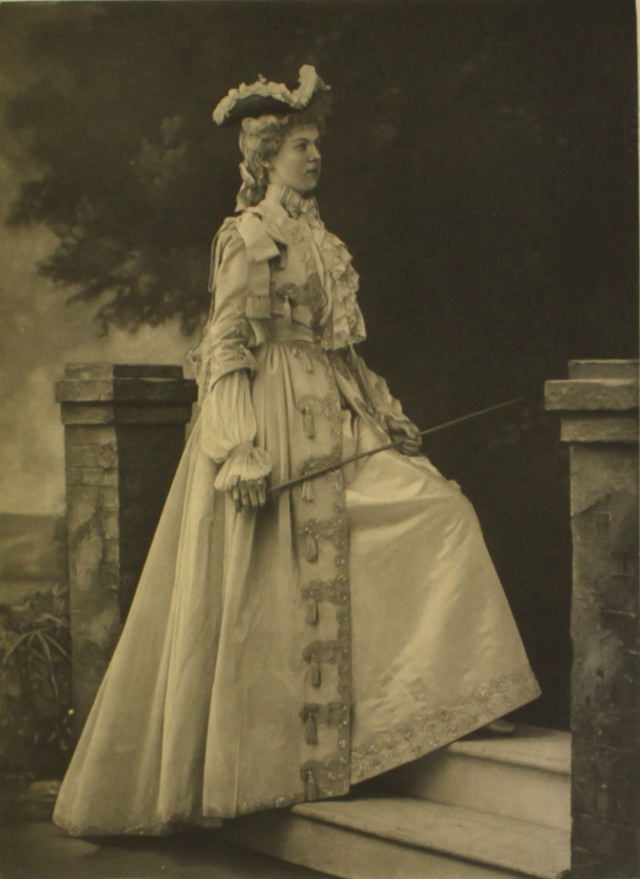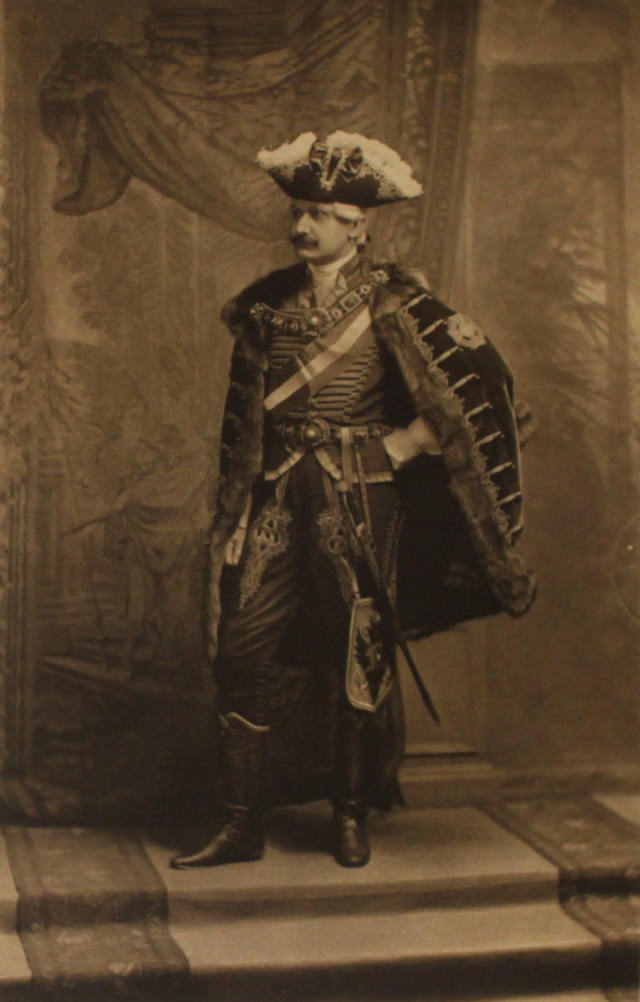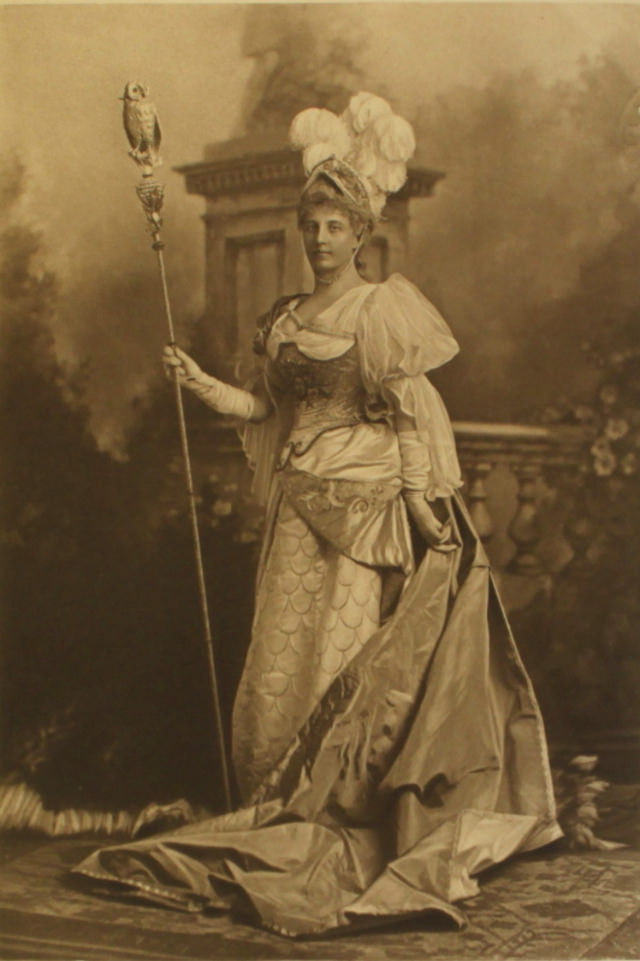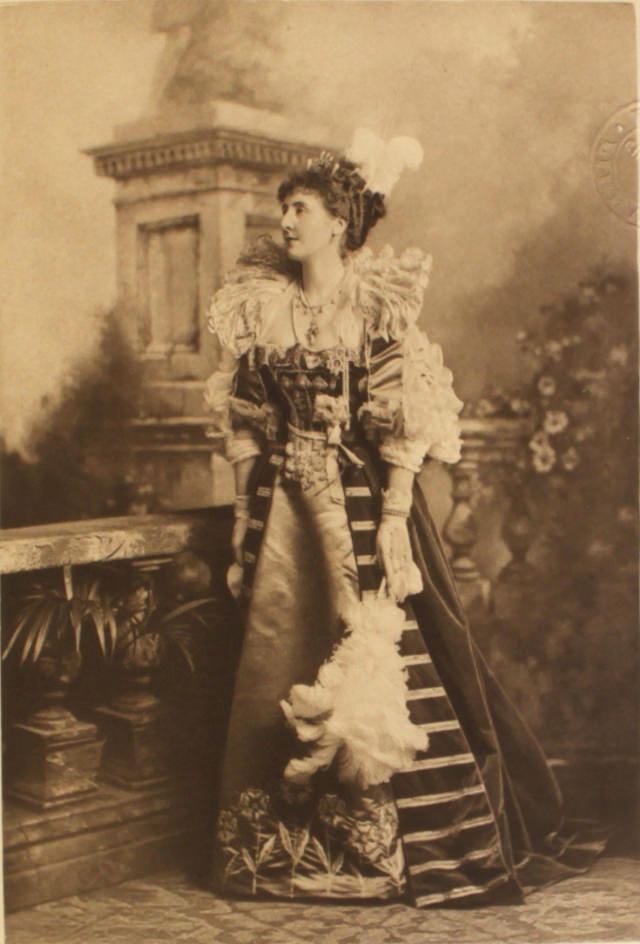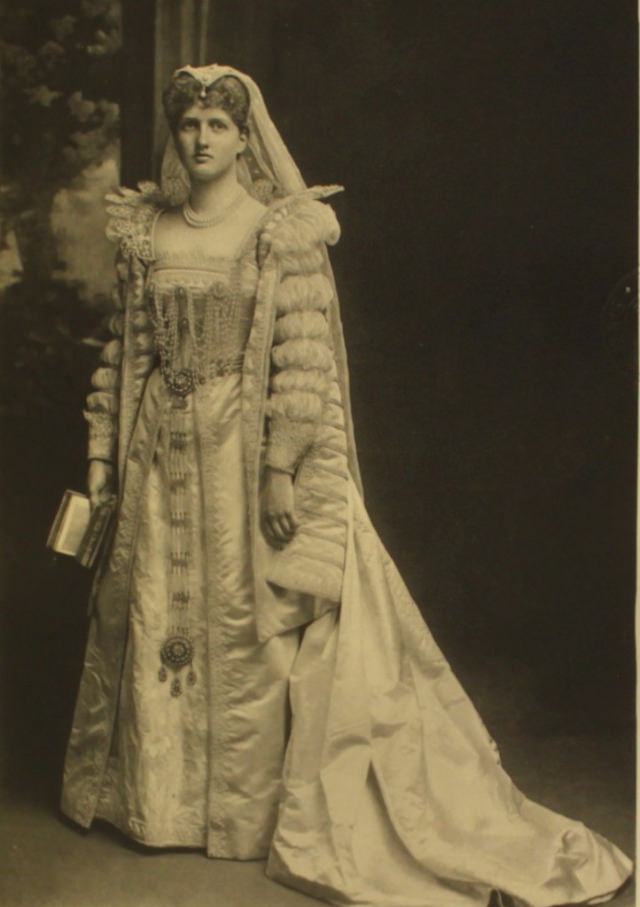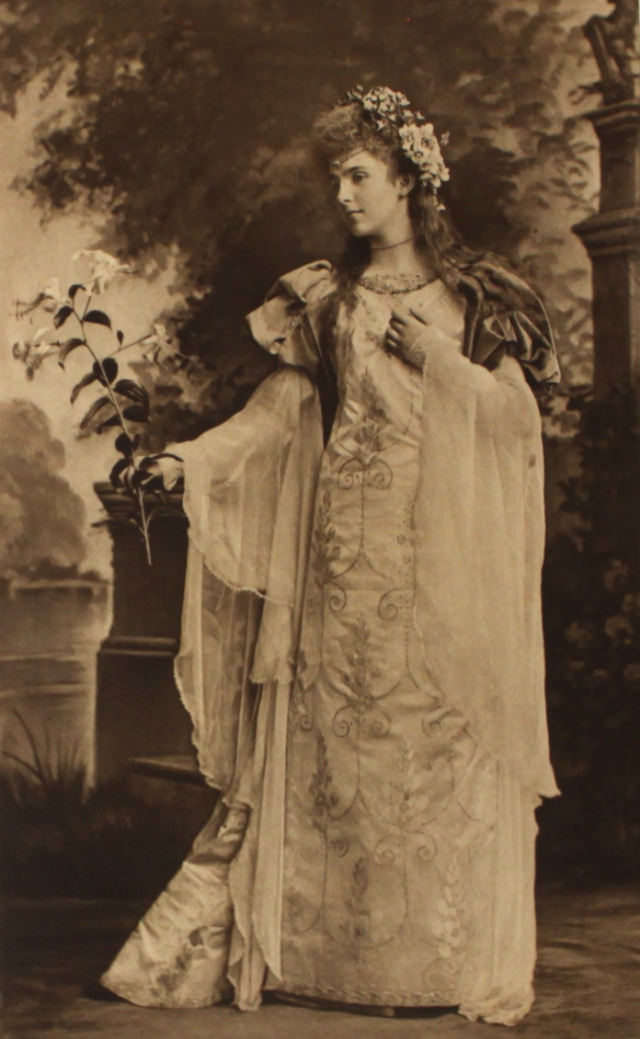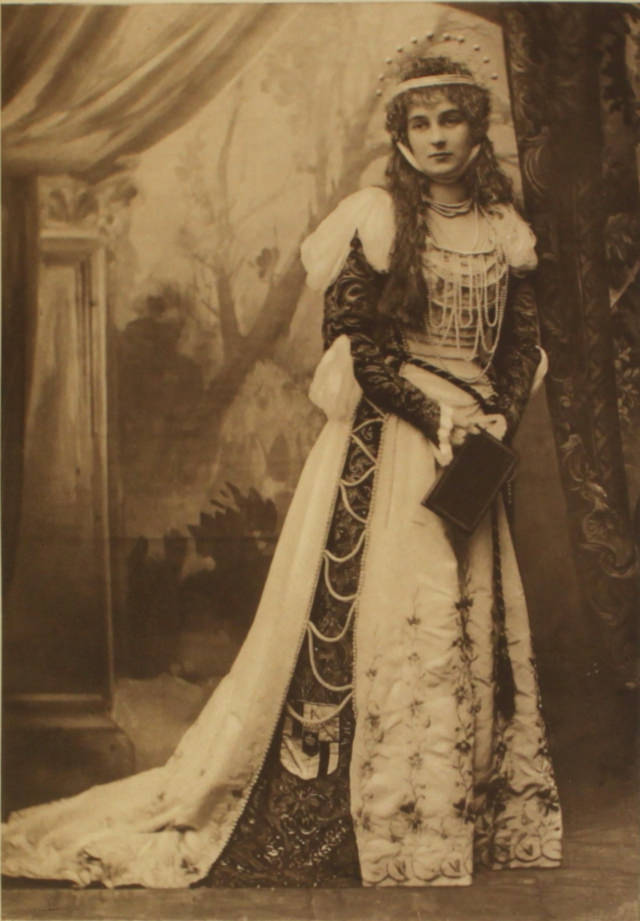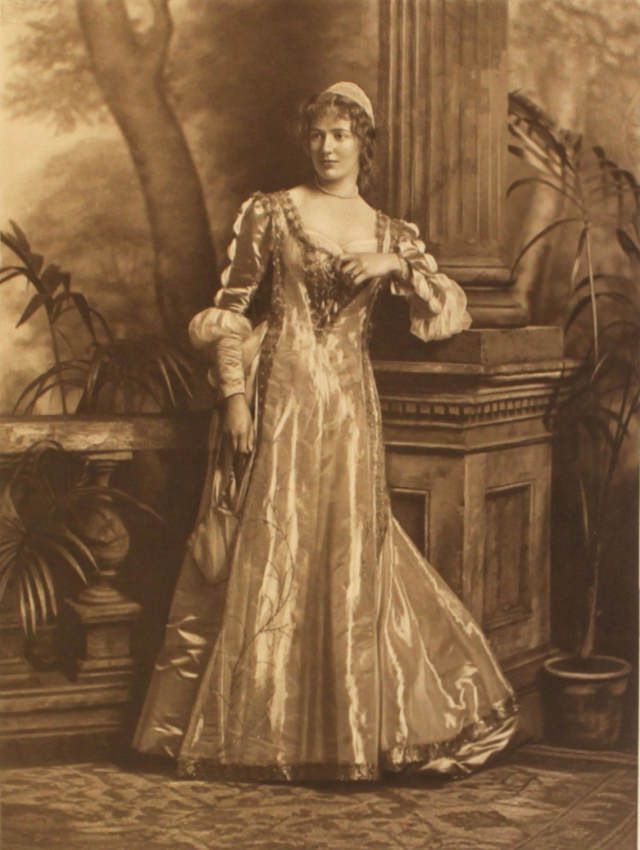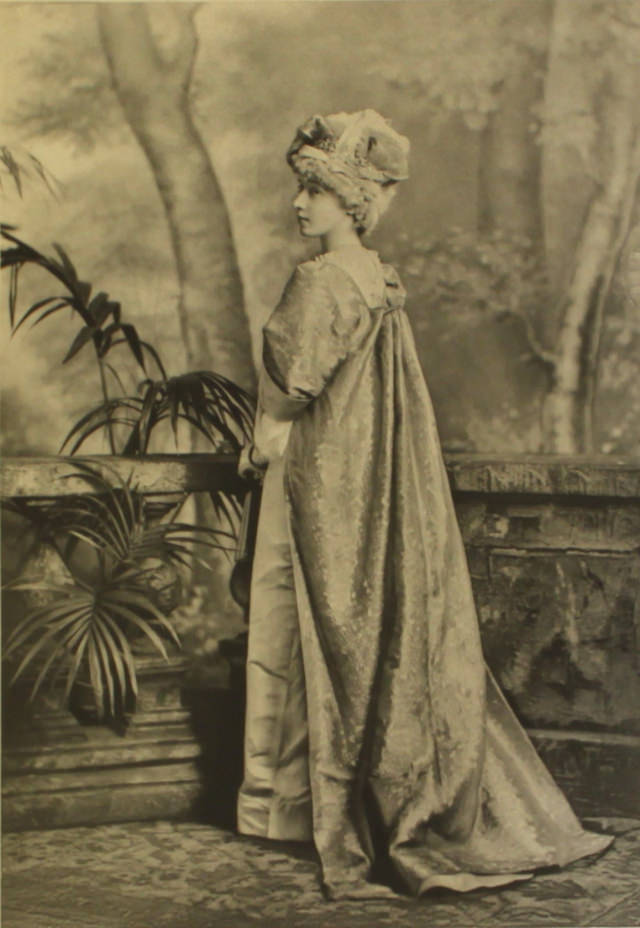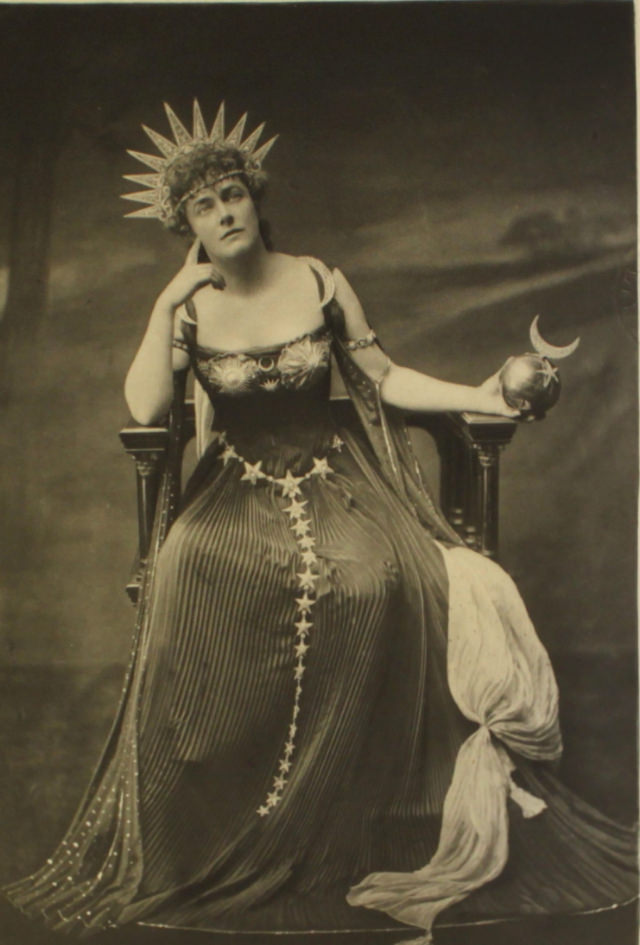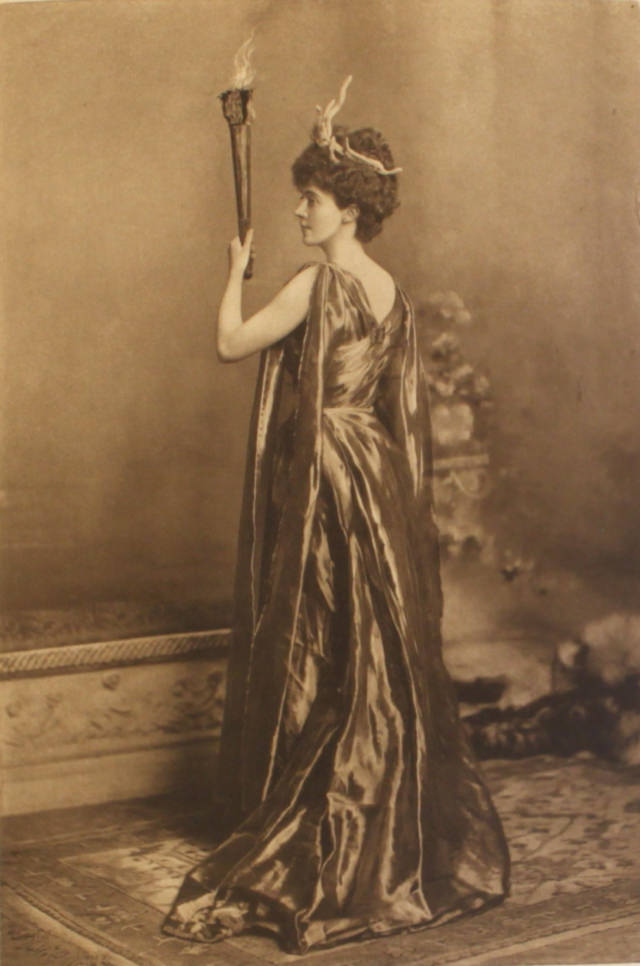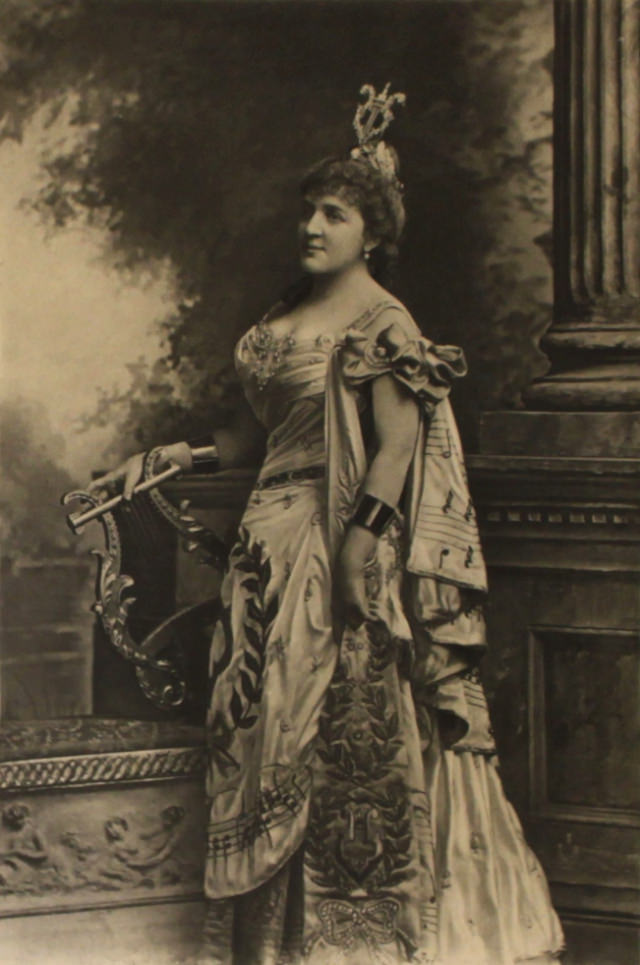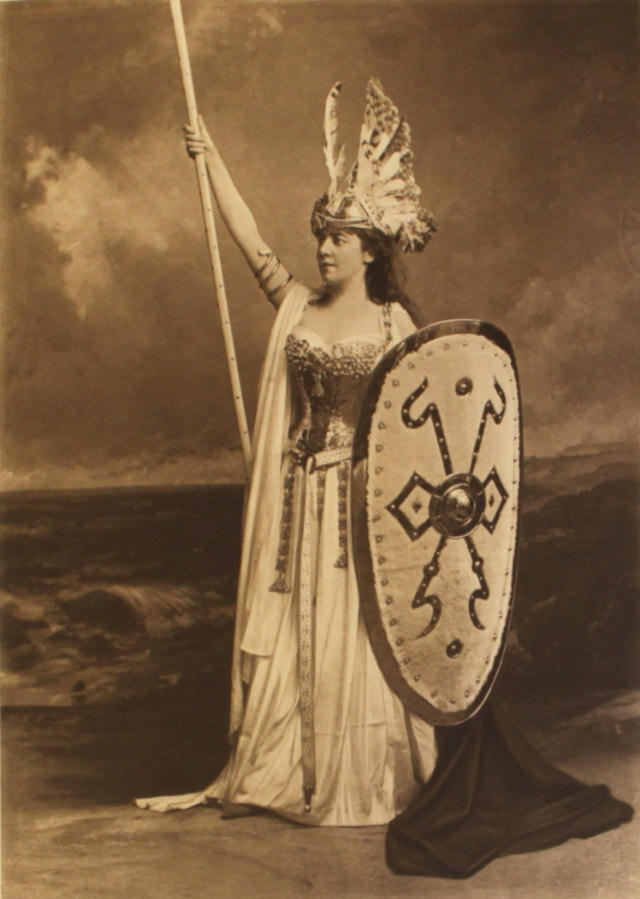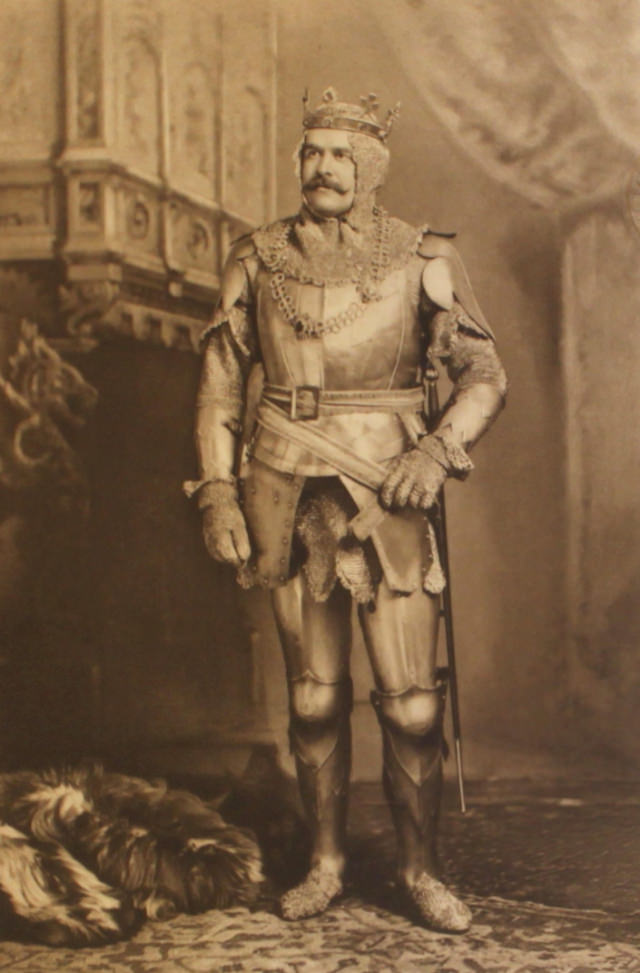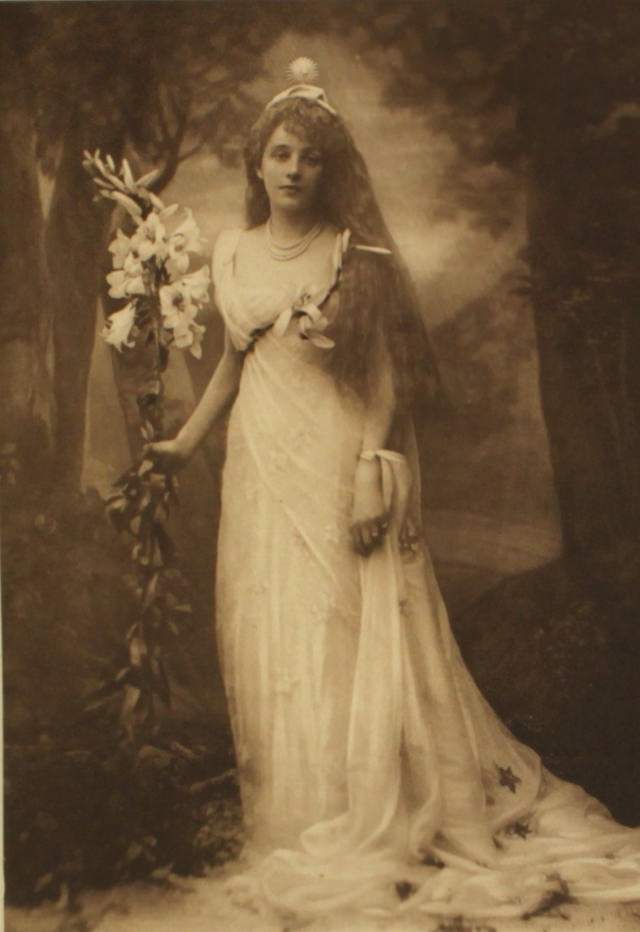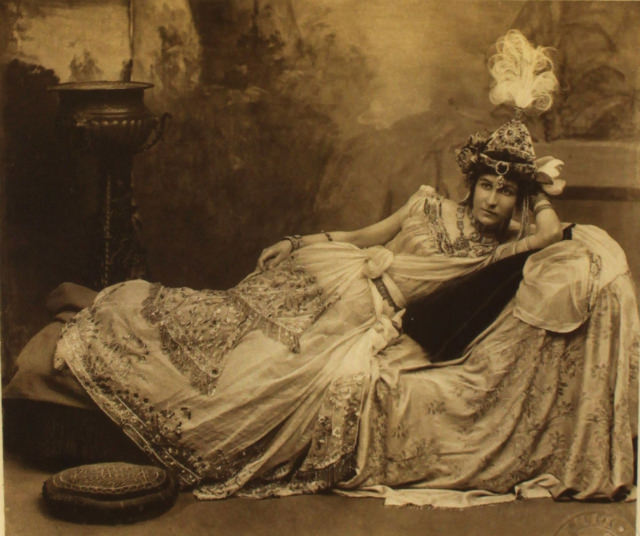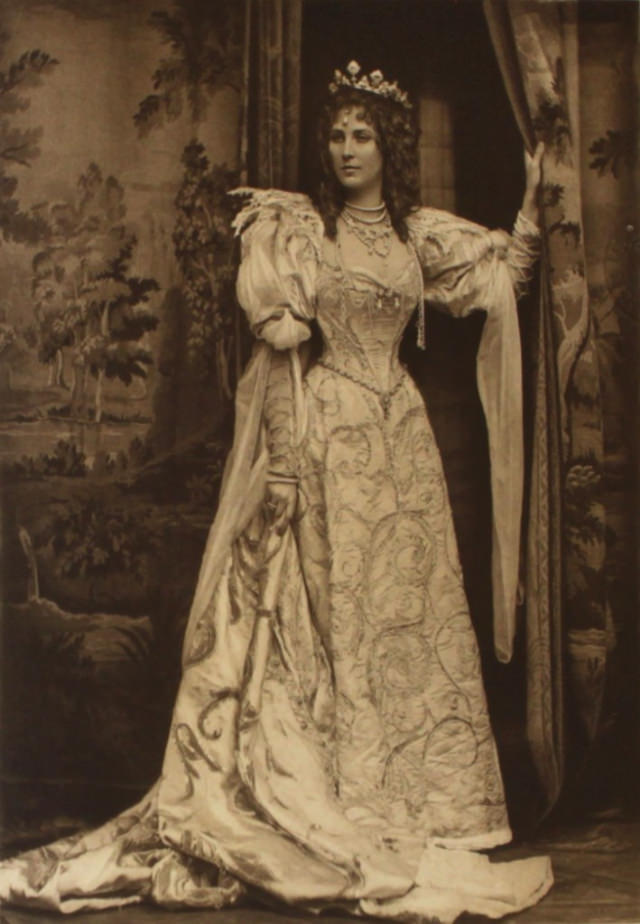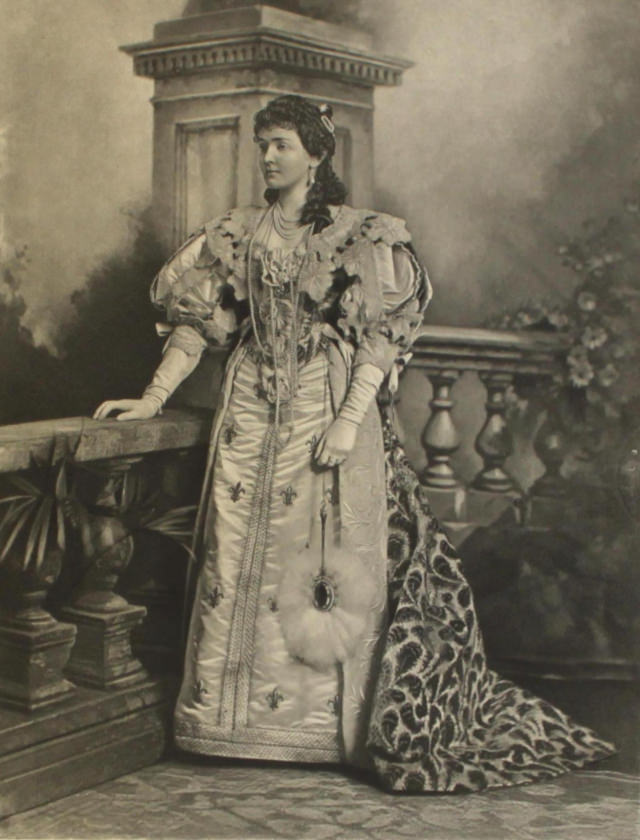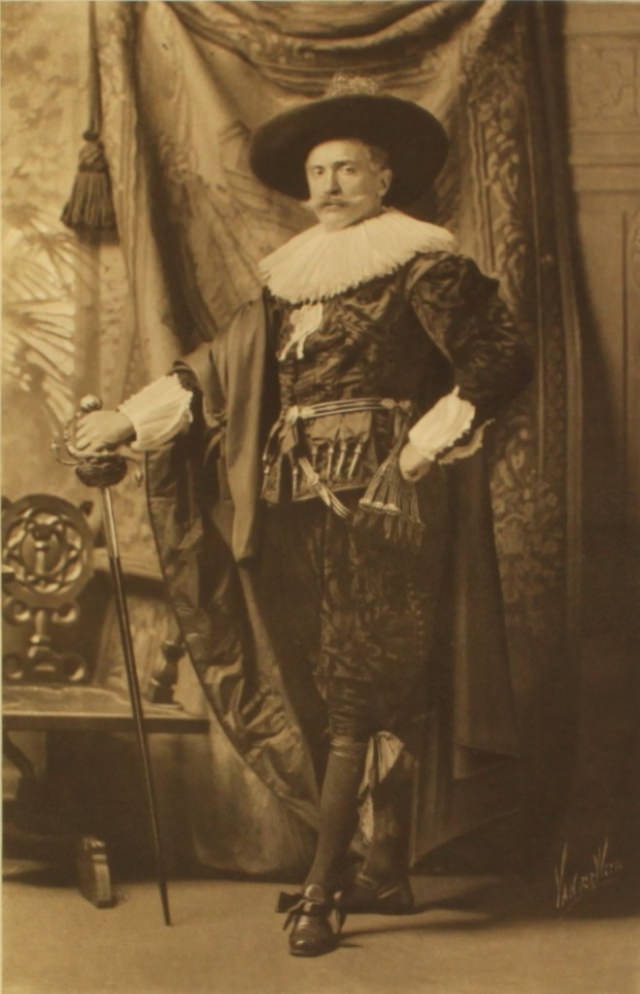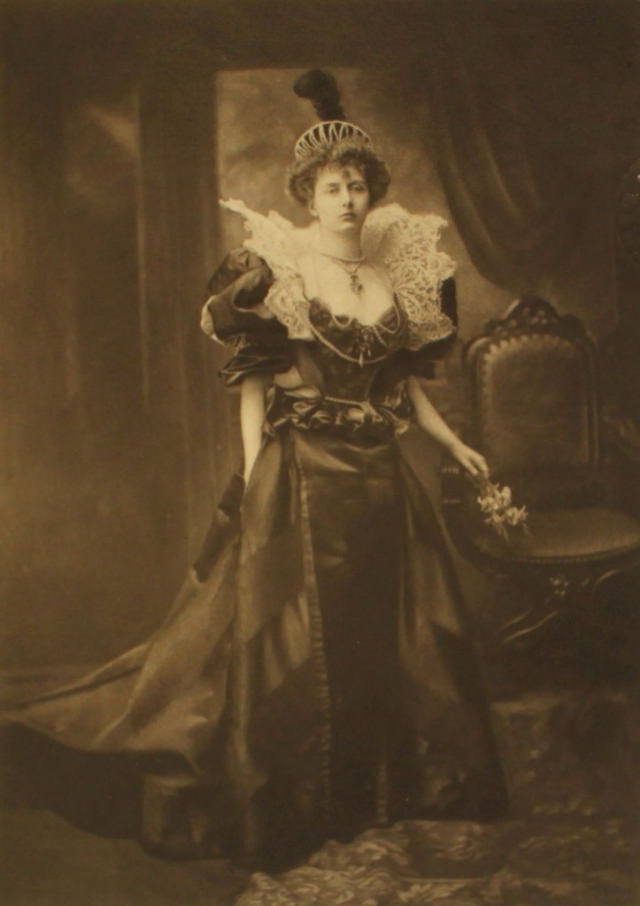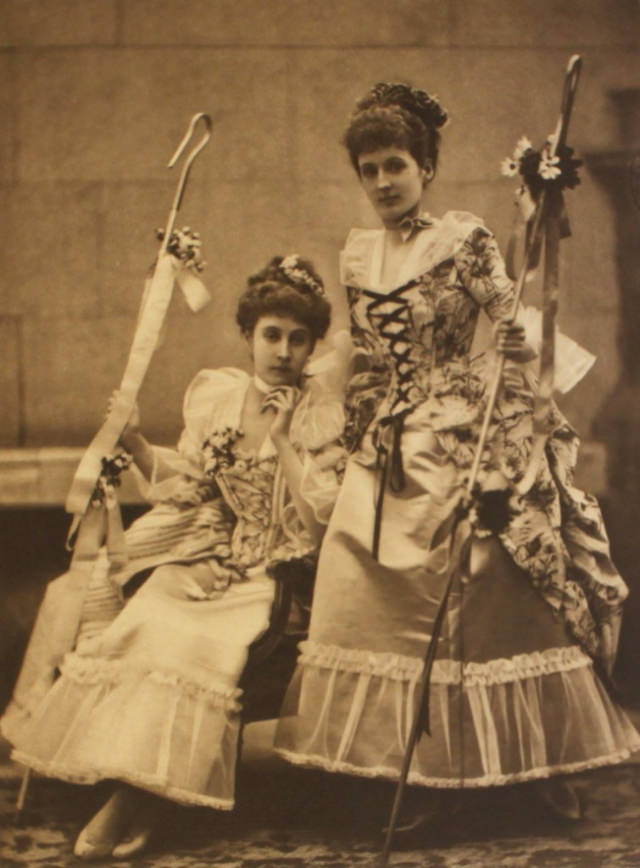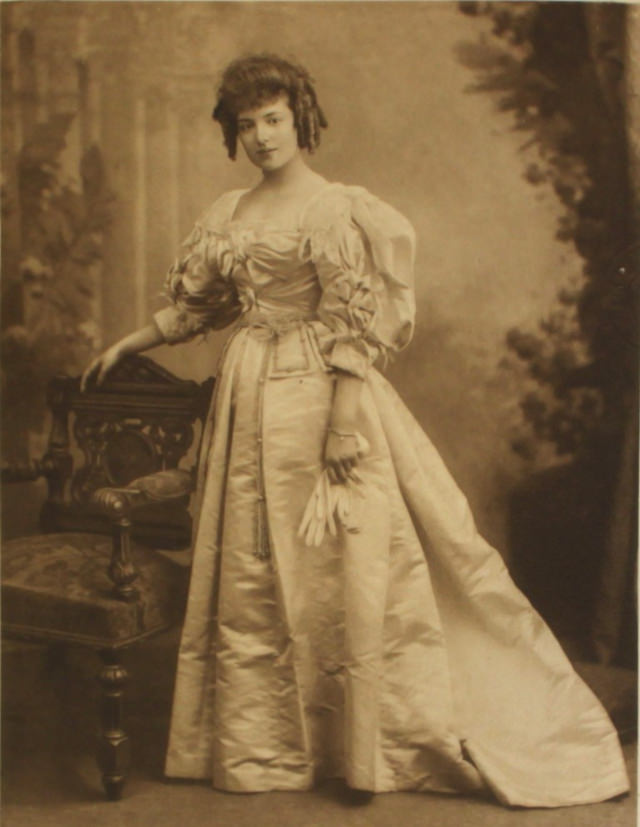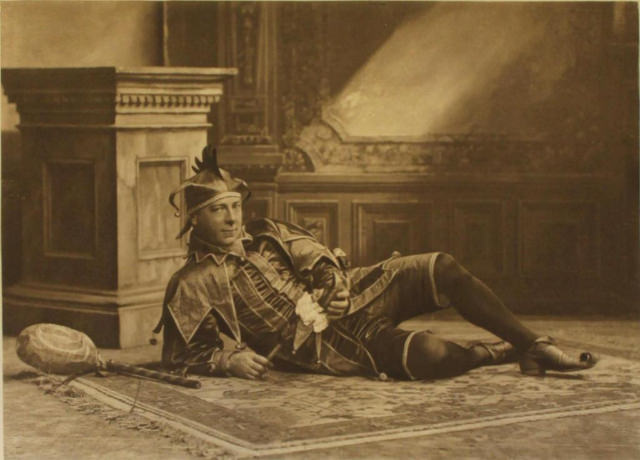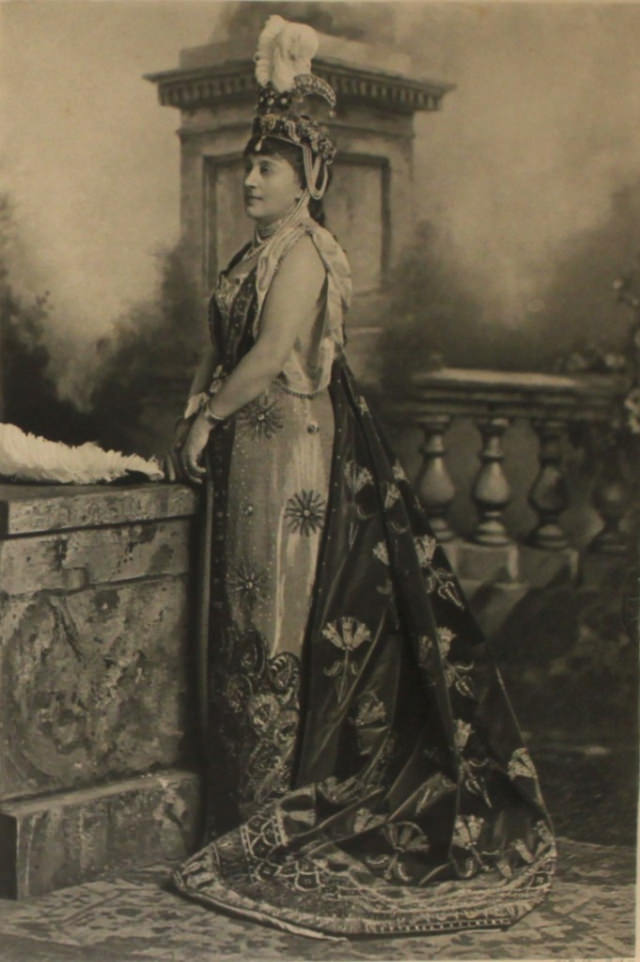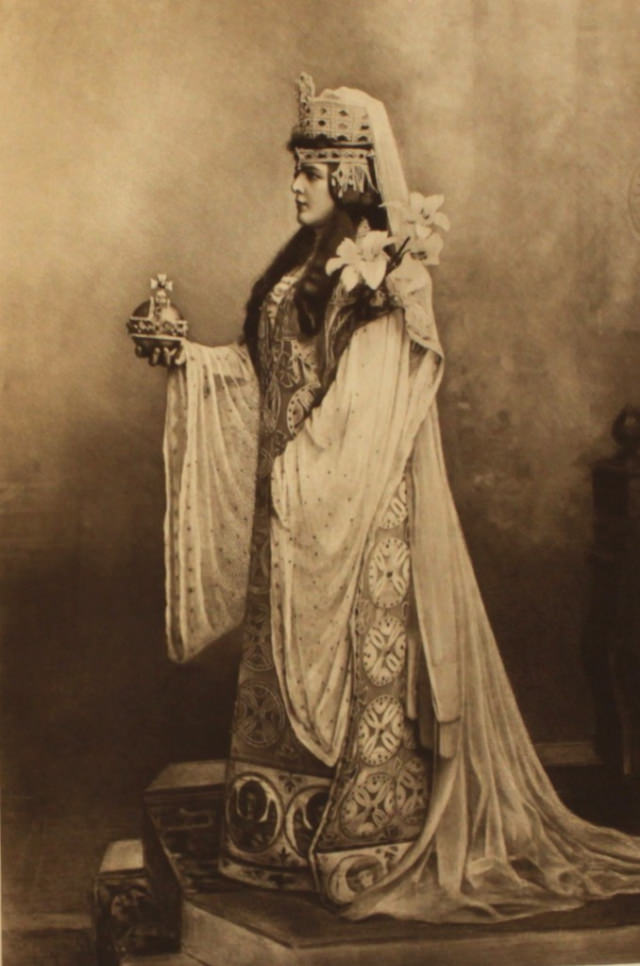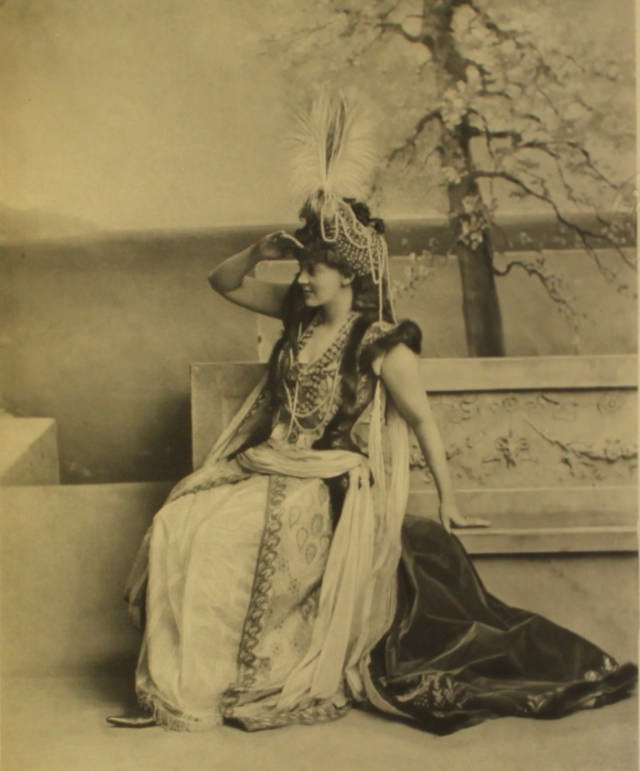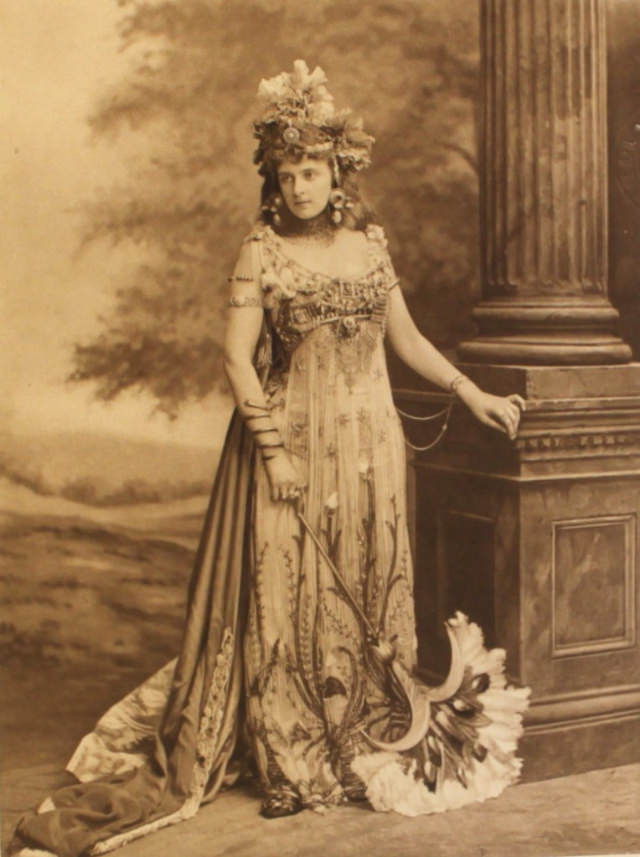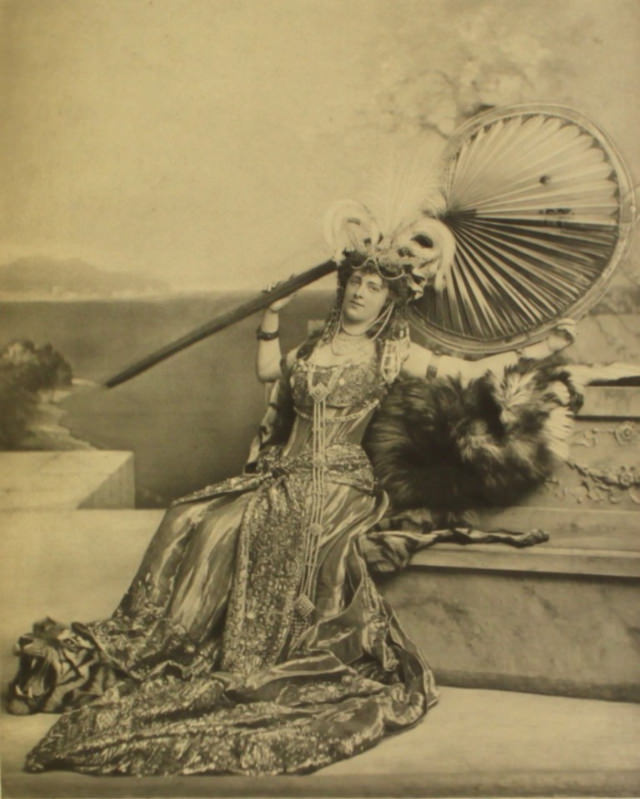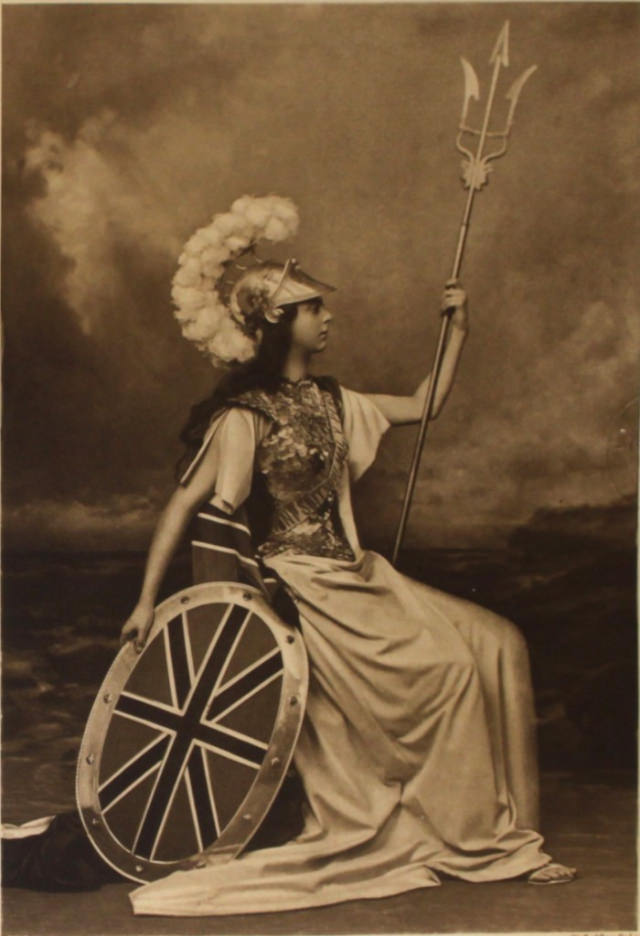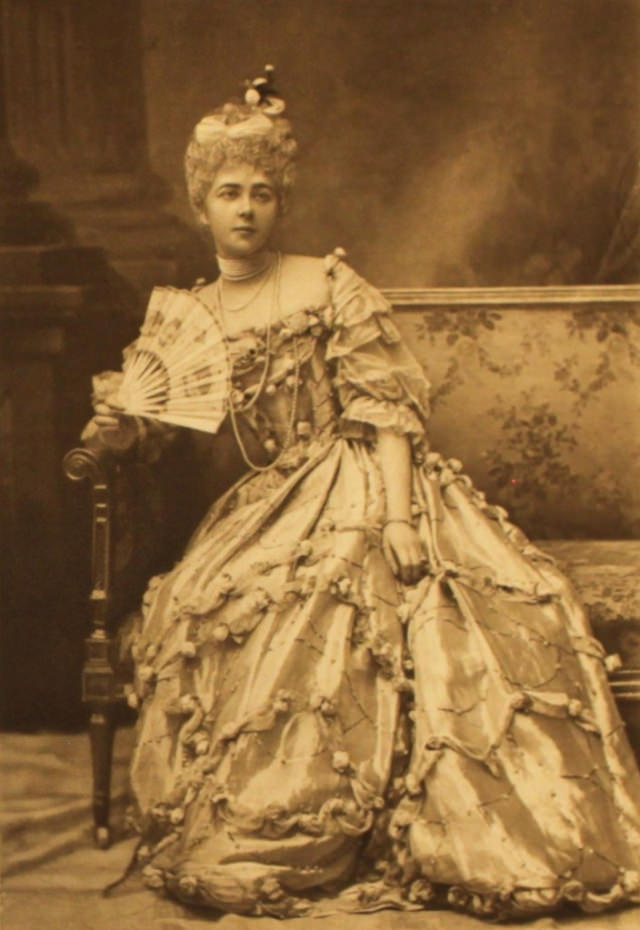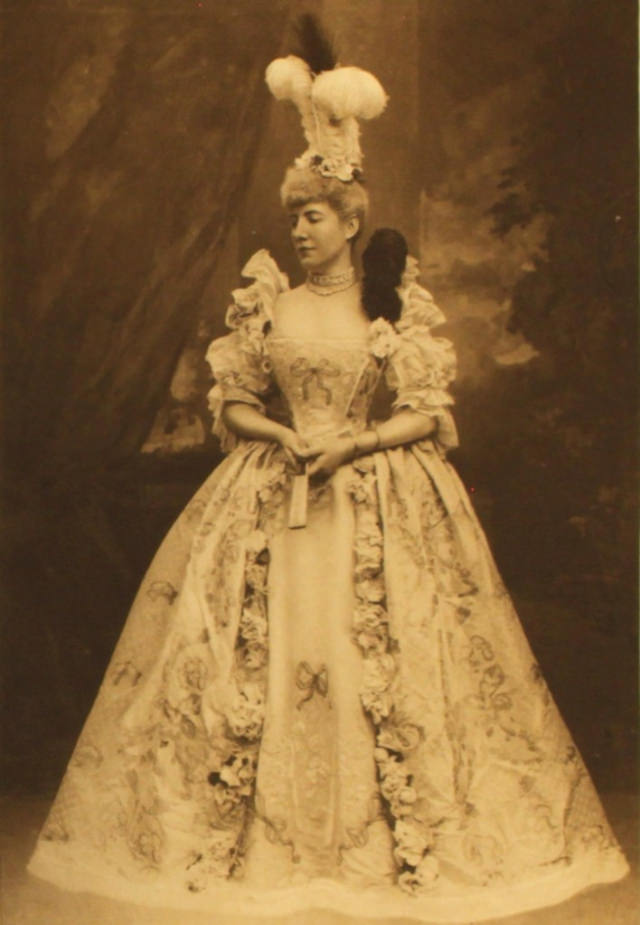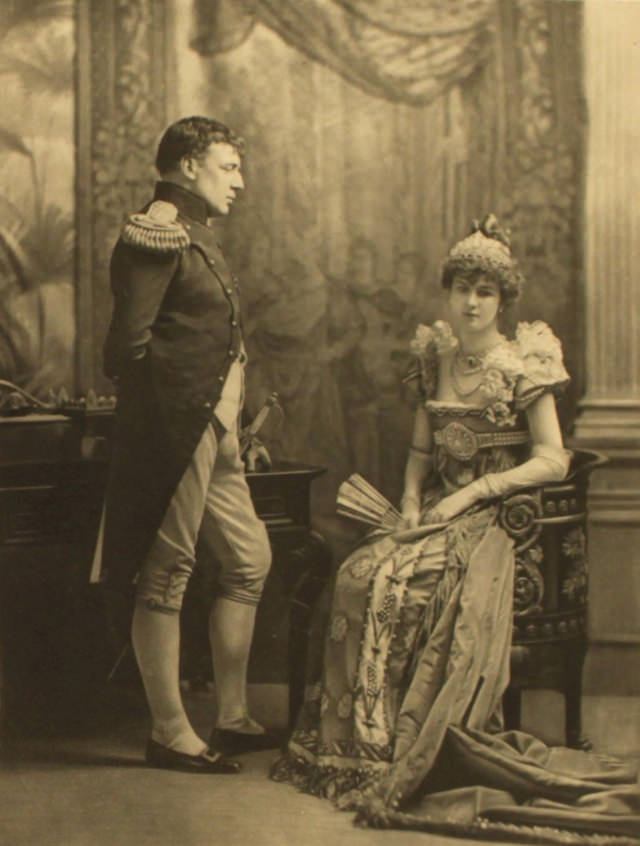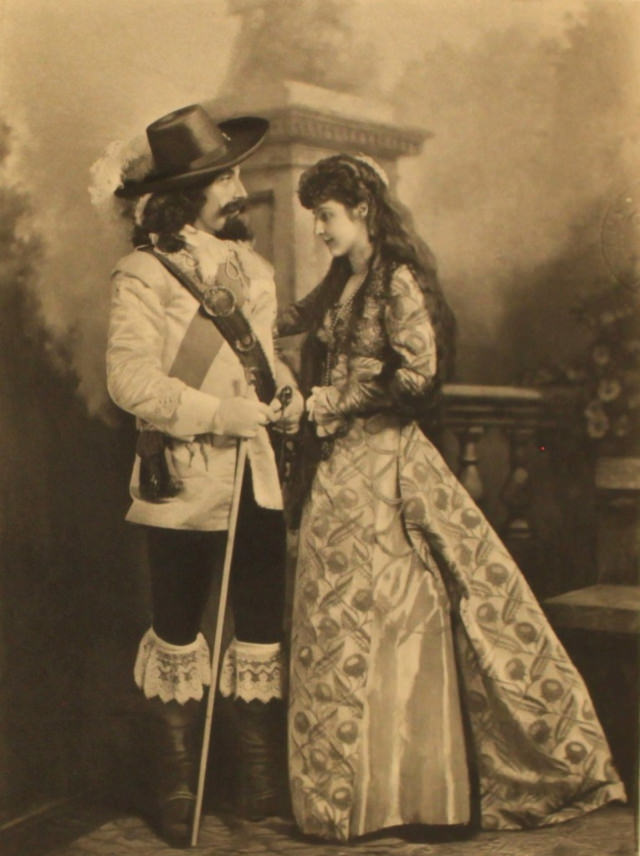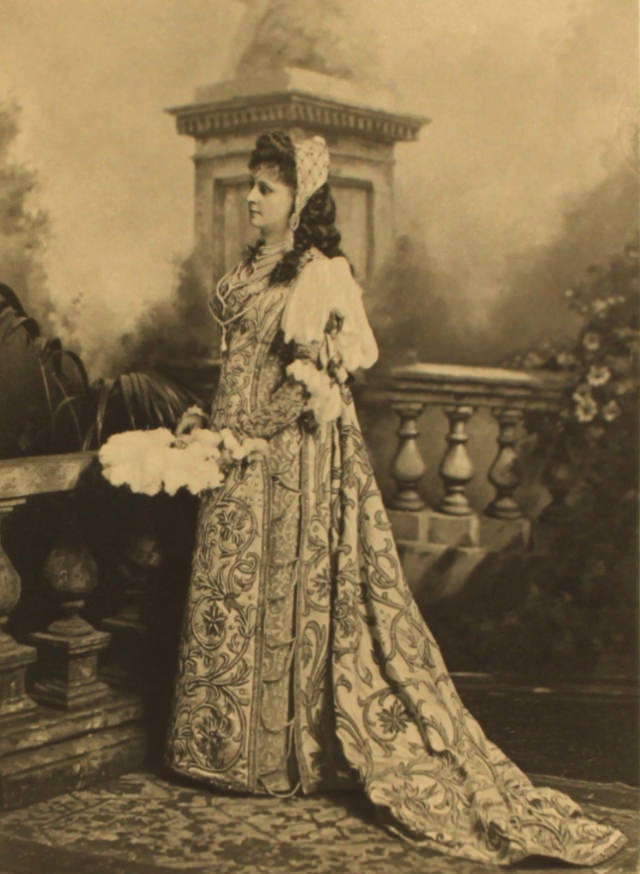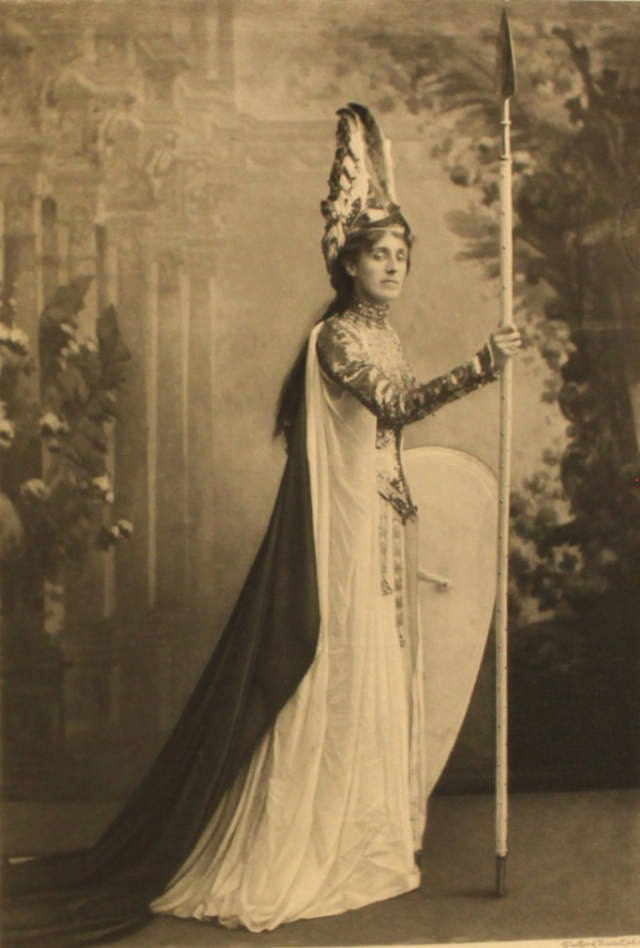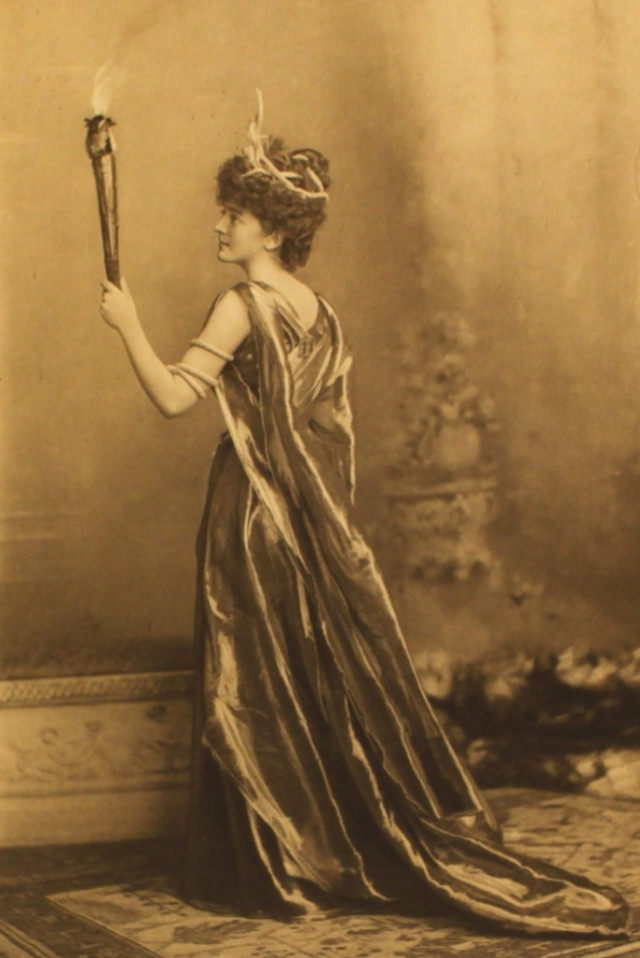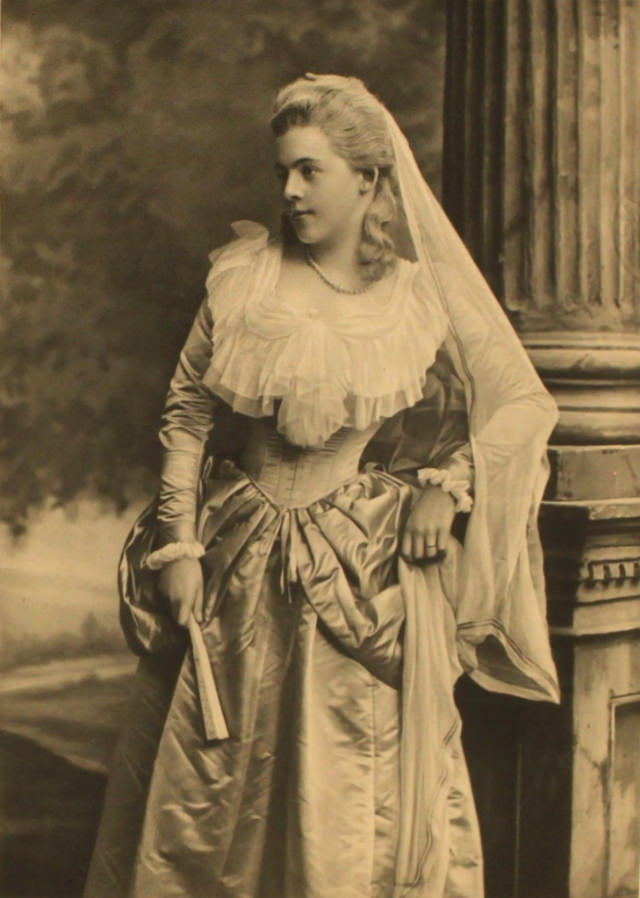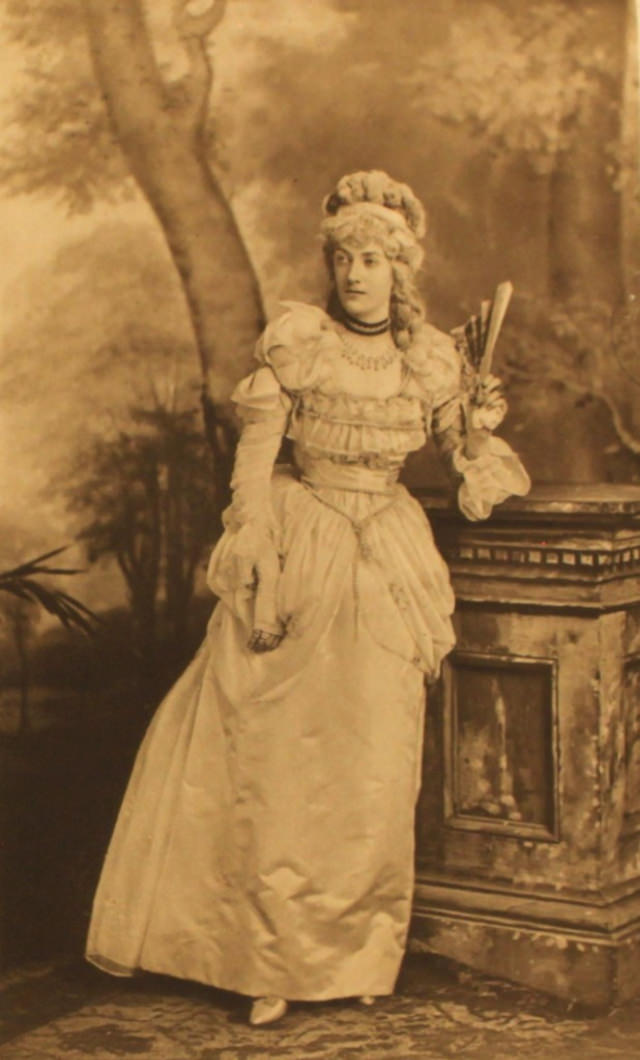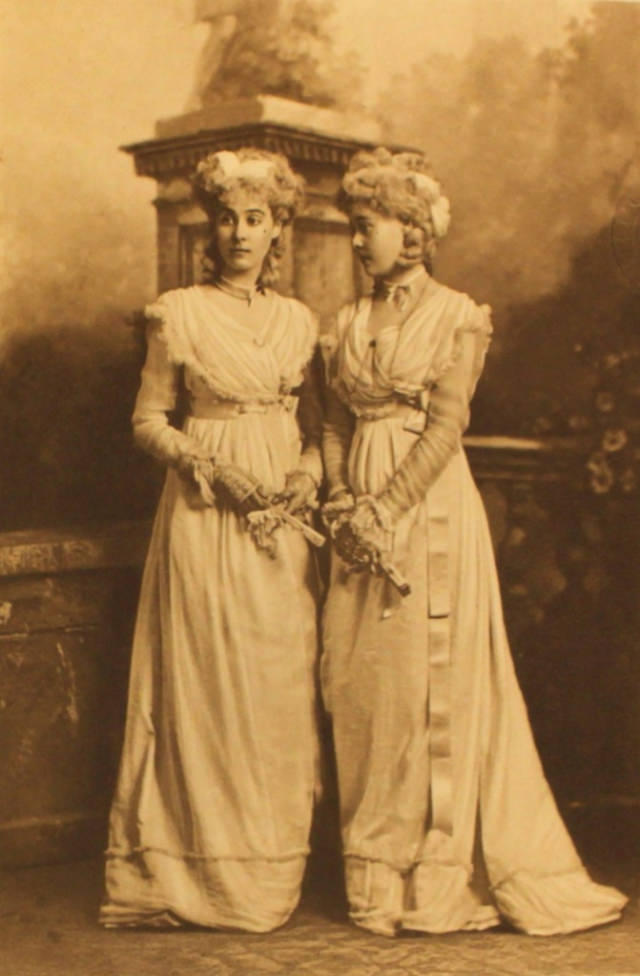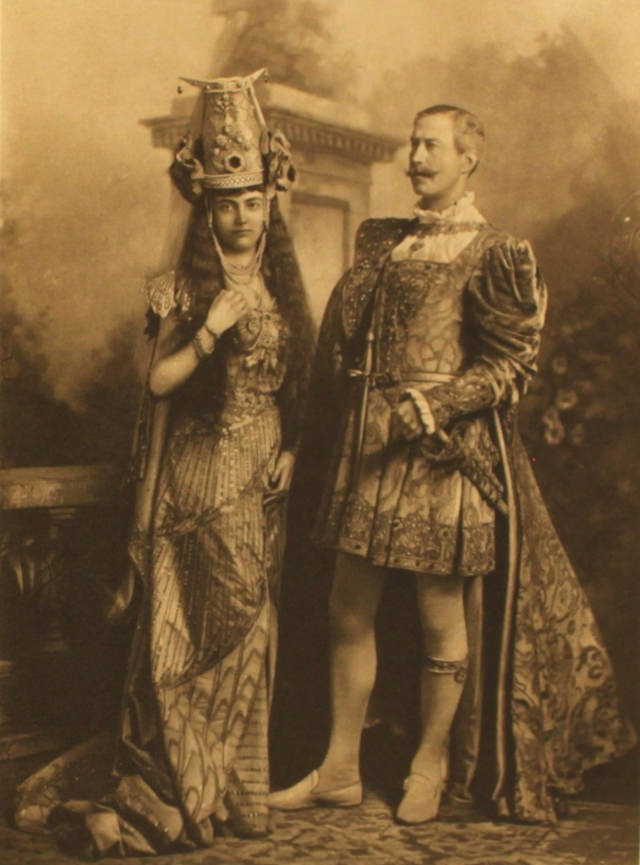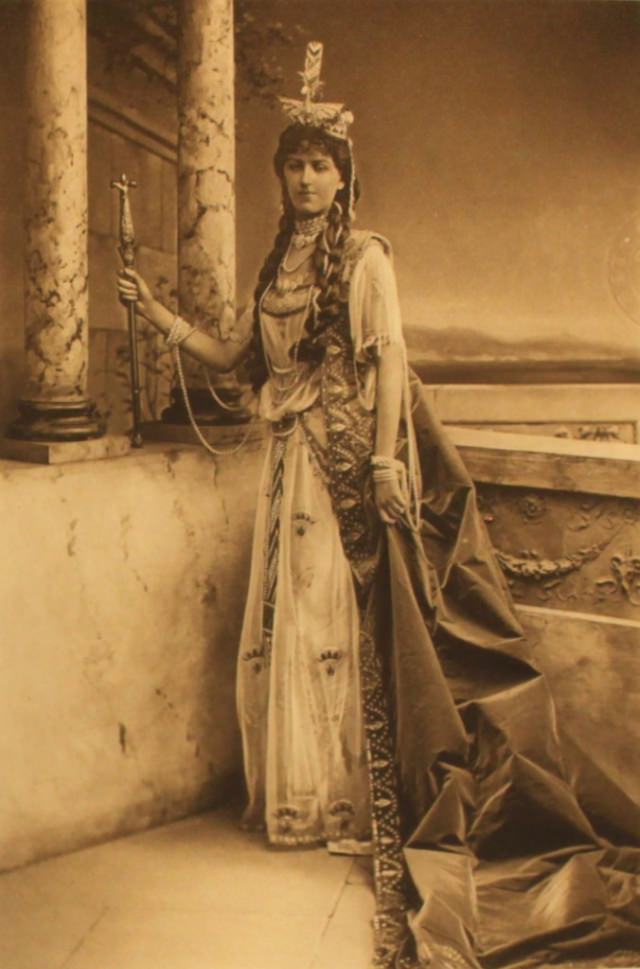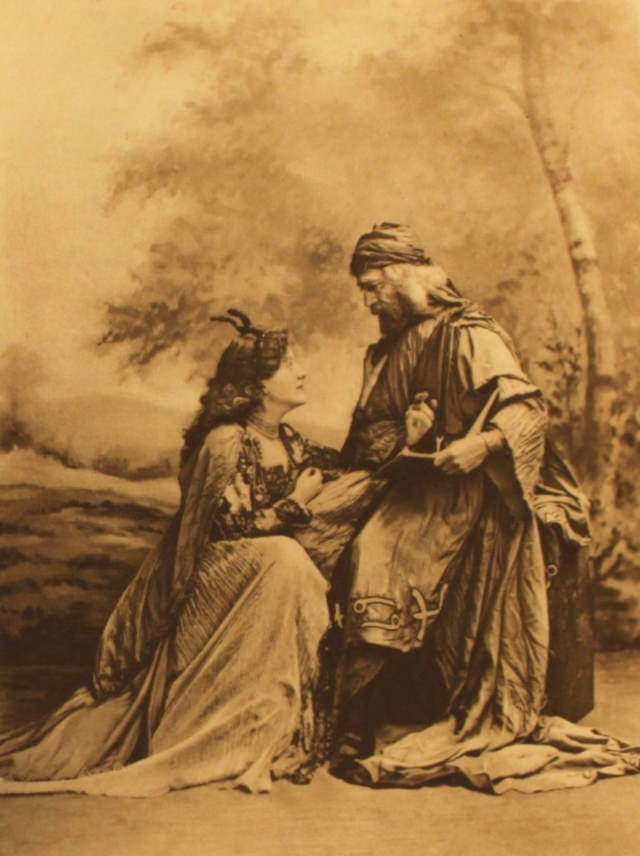In the heart of London’s social season of 1897, amidst the grandeur and pomp of the Victorian era, the Devonshire House Ball emerged as a spectacle of opulence, elegance, and creativity. Hosted by the Duke and Duchess of Devonshire at their palatial London residence in Piccadilly, this fancy dress ball wasn’t just another event in the crowded social calendar; it was the event, a dazzling affair that drew the attention of royalty, aristocrats, and luminaries from across Europe and beyond.
The Occasion and Its Significance
The ball was held in honor of Queen Victoria’s Diamond Jubilee, marking her 60th year on the throne, a period that had witnessed the zenith of the British Empire. The choice of theme for the costumes—”allegorical or historical dress from before 1815″—opened a vast canvas of creativity for the attendees, allowing them to step back in time and embody figures of historical and mythical significance. The grand affair was a replication of a similarly lavish ball the Devonshires had hosted in the 1870s, which had left an indelible mark on London’s high society and had greatly pleased the Prince and Princess of Wales, the future King Edward VII and Queen Alexandra.
The Marlborough Set and Aristocratic Opulence
The Duke of Devonshire, a prominent Member of Parliament and a Liberal cabinet member, was part of the Marlborough Set, a circle of friends and aristocrats closely connected with the future Edward VII. This group was synonymous with lavish parties where extravagance knew no bounds—a lifestyle that the ball epitomized. The assembly of guests, including British royalty and notable figures from Europe and India, highlighted the ball’s status as a significant social event of the time.
The Guests and Their Costumes
The attendees’ costumes were a spectacle of historical re-enactment and artistic interpretation. Among the sea of elaborately dressed guests, some chose to embody historic royals, bringing to life figures such as Catherine the Great and Emperor Charles V. The British Royal Family itself participated with great enthusiasm, with members carefully selecting costumes that reflected their imperial heritage and the grandeur of the occasion.
Notably, the future King Haakon VII of Norway and his wife Maud, Tsar Nicholas II and Empress Alexandra of Russia, and Prince Alfred of Saxe-Coburg and Gotha were among the international royalty that graced the event, each adding to the night’s splendor with their presence and meticulously chosen attire. From India, Prince Victor Duleep Singh’s attendance was a testament to the far-reaching allure of the Devonshire House Ball.


